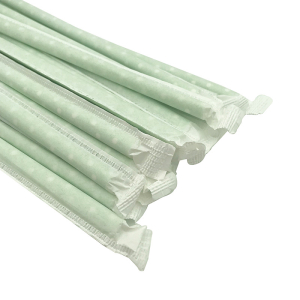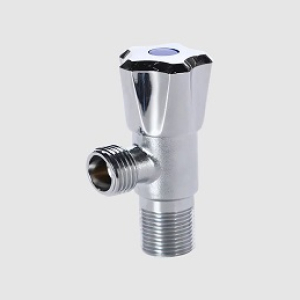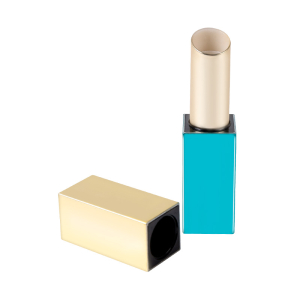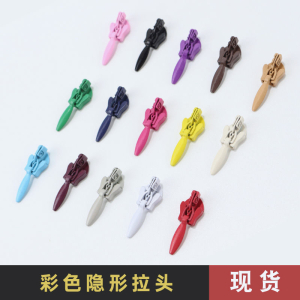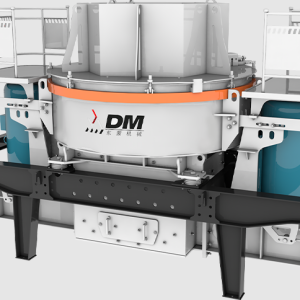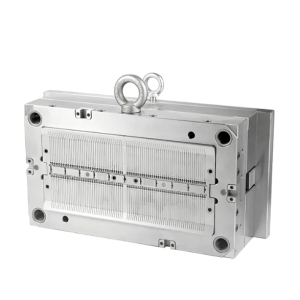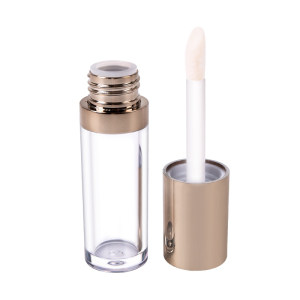The corrosion resistance of valve cores is a critical factor in determining their longevity, reliability, and overall performance in various industrial applications. Valves are essential components in fluid control systems, and their ability to withstand corrosive environments is crucial for maintaining the integrity of the system. In this context, the ceramic valve core has emerged as a potential alternative to traditional metallic valve cores, with claims of superior corrosion resistance. This article delves into the comparative analysis of the corrosion resistance of ceramic valve cores versus metallic valve cores, exploring the materials, manufacturing processes, and real-world applications that contribute to their performance.
Ceramic valve cores, typically made from advanced ceramics such as alumina, zirconia, or silicon carbide, are known for their exceptional hardness and chemical inertness. These properties make them highly resistant to chemical attack, which is a significant advantage over metallic valve cores. Metals, on the other hand, are susceptible to corrosion due to their reactivity with various chemicals and environmental conditions. The corrosion process can lead to the degradation of the valve core's material, compromising its structural integrity and leading to leaks or failures.
One of the primary reasons for the superior corrosion resistance of ceramic valve cores is their chemical composition. Ceramics are generally composed of non-metallic elements that do not react with most chemicals, including acids, alkalis, and salts. This inertness provides a protective barrier against corrosion, ensuring that the valve core remains intact even when exposed to harsh chemicals. In contrast, metallic valve cores, which are often made from materials such as stainless steel, brass, or bronze, can corrode when exposed to certain chemicals, especially if the protective oxide layer on the metal surface is compromised.
The manufacturing process also plays a role in the corrosion resistance of valve cores. Ceramic valve cores are produced through high-temperature sintering processes, which result in a dense, uniform material with minimal porosity. This lack of porosity reduces the likelihood of chemical penetration and subsequent corrosion. In contrast, the manufacturing of metallic valve cores can result in micro-porosities or inclusions that can act as initiation sites for corrosion.
In practical applications, the choice between ceramic and metallic valve cores depends on the specific requirements of the system. For instance, in chemical processing plants, where valves may be exposed to aggressive chemicals, ceramic valve cores offer a significant advantage due to their corrosion resistance. Similarly, in marine environments, where saltwater can cause rapid corrosion of metals, ceramic valve cores can provide a longer service life and reduced maintenance requirements.
However, it is important to note that while ceramic valve cores offer superior corrosion resistance, they also have some limitations. For example, their brittleness can make them susceptible to mechanical damage, such as cracking or chipping, which can occur during installation or due to thermal shock. This is a consideration that must be taken into account when designing systems that utilize ceramic valve cores.
In conclusion, the corrosion resistance of ceramic valve cores is a significant advantage over metallic valve cores in many applications. Their chemical inertness and dense, uniform structure provide a robust defense against chemical attack, making them an attractive option for use in corrosive environments. However, the brittleness of ceramics must be considered, and appropriate design and installation practices must be employed to ensure the longevity and reliability of the valve cores. As technology continues to advance, the development of more robust ceramic materials and improved manufacturing techniques will likely further enhance the performance and applicability of ceramic valve cores in a wide range of industrial settings.

